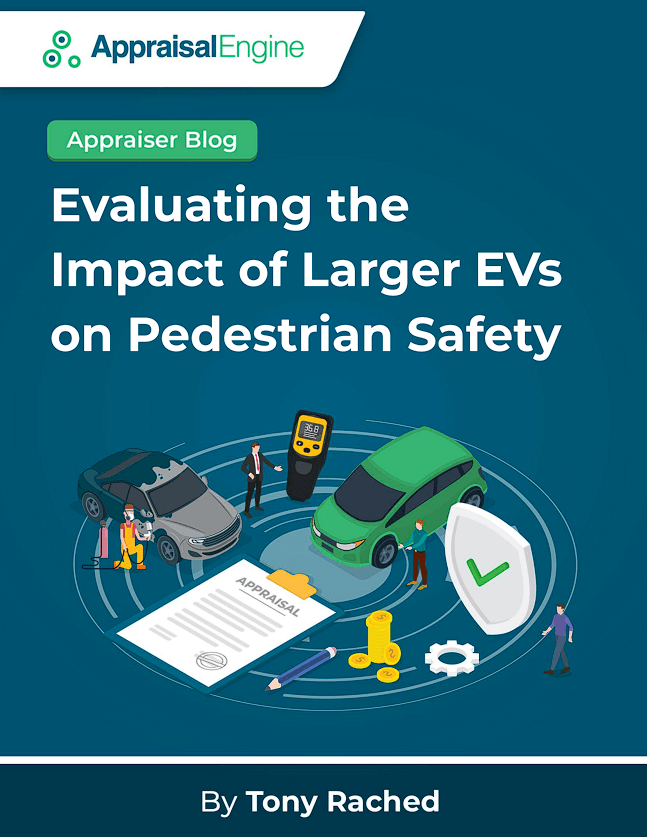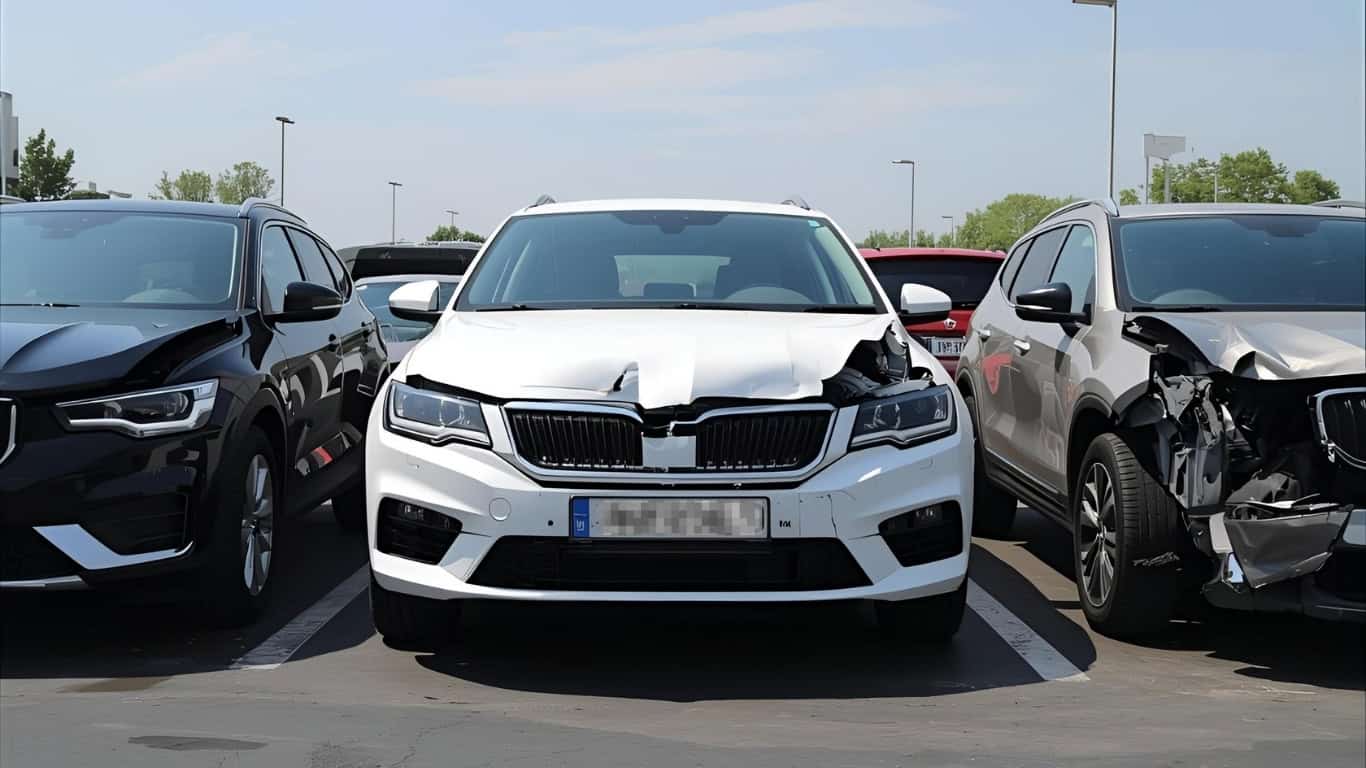Evaluating the Impact of Larger EVs on Pedestrian Safety (PDF)

As the push for electric vehicles (EVs) gains momentum in the United States, concerns are being raised about the potential risks they pose to pedestrians and cyclists. With the government’s support for larger EVs, safety campaigners worry that the increasing size and weight of these vehicles could lead to greater danger on the roads. In this article, we will explore the implications of the U.S. government’s policies, the rise of larger EVs, and whether action should be taken to address these safety concerns.
The Shift Towards Larger EVs
The rising popularity of electric vehicles (EVs) in the United States can be attributed to various factors such as the Biden administration’s tax credit scheme, the NHTSA’s stricter fuel efficiency standards, and California’s impending ban on internal combustion engine vehicles by 2035. While these policies have successfully accelerated the adoption of EVs, an unintended consequence has emerged: the increasing prevalence of larger and heavier SUVs and pickup trucks within the EV market.
The sheer size of these new EVs has raised concerns among safety campaigners. The increased weight and height of these vehicles pose a greater risk to pedestrians and cyclists on the road. This issue is not unique to EVs, as gas-powered trucks and SUVs have also faced criticism for their potential to cause harm due to their size and weight. However, the introduction of heavy battery packs in EVs exacerbates the problem.
Compared to their combustion-powered counterparts, EVs have always been heavier due to their design. The first generation of electric cars were constrained by their smaller size, but the current wave of EVs primarily consists of larger SUVs and pickup trucks. Automakers are capitalizing on consumer preferences, as these vehicles were already popular before electric power became mainstream. Unfortunately, the profitability of these models often takes precedence over potential safety concerns.
Government Regulations and Safety Ratings
Despite the higher risk posed by larger EVs, the U.S. government has yet to address the issue. In comparison to Europe, where new cars are subjected to a broader range of safety tests, American tests primarily focus on the safety of occupants inside the vehicle. European safety tests, on the other hand, assess the threat posed to pedestrians and cyclists. This disparity suggests that the U.S. government needs to prioritize comprehensive safety evaluations to address potential risks associated with larger EVs.
While some local governments, like the District of Columbia, have taken measures to discourage ownership of heavier vehicles, these actions alone are unlikely to have a significant impact. To curb the trend of increasingly heavy and large EVs, broader governmental intervention may be necessary. Implementing regulations or incentives that encourage the production of smaller, more pedestrian-friendly EVs could help mitigate potential risks.
The concern for pedestrian safety should not overshadow the benefits of transitioning to EVs, such as reducing greenhouse gas emissions and dependence on fossil fuels. However, striking a balance between sustainable transportation and road safety is crucial. The U.S. government should actively engage in the development of comprehensive safety standards and collaborate with automakers to promote the production of safer EVs without compromising environmental goals.
Promoting Safer EVs for All
As the U.S. embraces the shift towards EVs, it is imperative to address the potential risks associated with larger and heavier vehicles. While the current focus is on promoting environmentally friendly transportation, pedestrian safety should not be overlooked. Striking a balance between these priorities is essential, and it is crucial for the government to collaborate with automakers and implement safety regulations that ensure the well-being of all road users. By proactively addressing these concerns, the U.S. can lead the way in fostering a safer and sustainable future for electric mobility.





